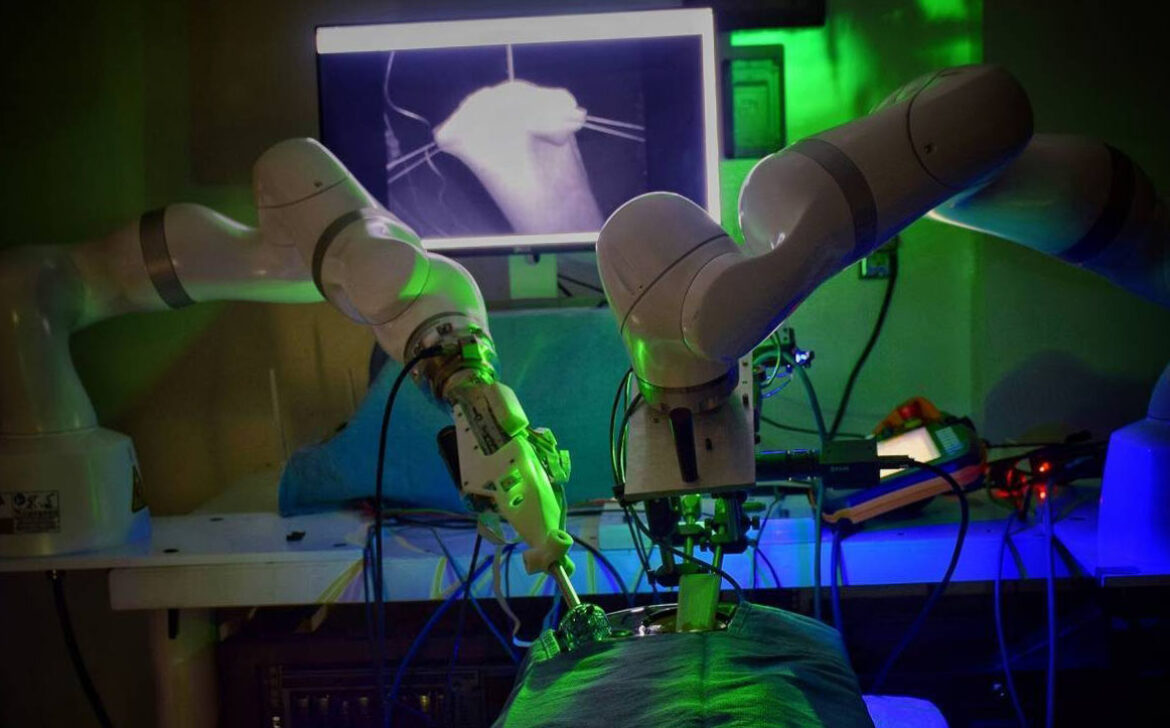“Jet-Set with Ease: Essential Travel Tips and Hacks”
Introduction

Traveling is a wonderful adventure, but the challenges of packing, navigating airports, and ensuring a comfortable flight can sometimes dampen the excitement. Fear not! In this blog, we present 10 essential travel tips and hacks to make your journeys not only hassle-free but also enjoyable. From smart packing to mastering airport procedures, these insights are your key to stress-free travels.
1. Pack Smartly: The Art of Minimalism
Packing efficiently is the foundation of easy travel. Learn the art of minimalist packing, utilizing packing cubes and smart clothing choices. Discover the magic of rolling clothes to save space and the convenience of travel checklists tailored to your destination.
2. Navigate Airports with Confidence
Airports can be overwhelming, but with the right knowledge, you can breeze through security checks and boarding procedures. Understand TSA regulations, expedited security screening programs, and the advantages of digital boarding passes. Learn how to choose the quickest security lane and handle flight delays with grace.
3. Master Stress-Free Flying
Comfort is key during long flights. Explore tips for choosing the best seats, combating jet lag, and staying relaxed with in-flight exercises. Dive into the world of travel apps that offer real-time flight updates and airport information, making your journey not just smooth but also enjoyable.
4. Accommodation Hacks: Finding Your Home Away from Home
Your choice of accommodation can significantly impact your travel experience. Uncover the secrets of booking websites, including how to find the best deals and read genuine reviews. Learn how loyalty programs and travel memberships can save you money and provide exclusive perks. Consider alternative accommodations like vacation rentals and boutique hotels, catering to various preferences and budgets.
Conclusion: “Embracing the Joy of Travel”
Armed with these 10 essential travel tips and hacks, you’re well-equipped to jet-set with ease. Remember, the true essence of travel lies not just in the destinations you visit, but in the journey itself. By incorporating these hacks into your travel routine, you can transform your travel experiences into cherished memories. Pack your bags, embark on your next adventure, and let the joy of travel enrich your life in ways beyond imagination. Safe travels!




















